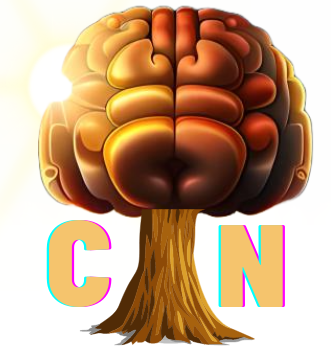
Story of VanMoof
In 2015, Dutch Bicycle company VanMoof began shipping their bicycles to US customers. While the bikes were getting sold like hotcakes, however they faced lot of problems in shipping them to their customers. The company’s logistics handler weren’t careful while handling the packages which resulted in causing damage to the product. Almost 25% of the bikes were damaged during shipping, due to which they recieved a lot of flak from their customers.
In an interview to CNN, VanMoof’s co-founder Taco Carlier explained “We asked ourselves, what do Americans really love? What would prompt couriers to be delicate with a parcel?”. After several hours of brainstroming, they came up with a genius solution of printing a Flatscreen TV on the shipping box as both the bikes as well as a Flatscreen TV have almost the same size and weight of the box. The picture of flatscreen TV made the couriers more careful which resulted in the reduction of damages caused by upto 80%.

Taco and Ties Carliers founded VanMoof in 2009, 6 years prior to launching their bikes in US. They were fairly confident of their products but nothing would have prepared them for logictical challenges they faced in US. Similarly life is nothing but a topsy turvy road, we often get stuck in problematic situations without an idea of how to deal with them. In order to get out of those situations we further engage in series of responses. Our responses/actions in those problematic situations determine our intentions. The direction of our actions decide if the problem would persist, halt temporarily or would resolve completely.
Downstream vs Upstream Actions
Based on the direction taken, our actions are either classified as Downstream or Upstream. In his book Upstream, Dan Heath brillantly explains the difference between the two as follows:

Downstream Actions are reactive, they focus on how a problem can be resolved once it has occurred. These actions are controlled by circumstances and are quick and palpable, Which makes them easier to measure and calliberate.
Upstream Actions are proactive, they are the measures taken to prevent the occurrence of an problem. It involves anticipation of the events that may lead to the problem and thus deploying measures in advance to curb such events. They are thus slower, broad and hard to measure due to which people tend to look past them.

Examples of Downstream vs Upstream Actions
- Downstream Actions value fighting the fire whereas Upstream actions value preventing the fire.
- Helping a homless man with food and clothes is a downstream action, but ensuring everyone gets a roof on their head so that no one remains homeless, is an upstream action. There are many organizations that exist to help the homeless but hardly any to prevent people from becoming homeless.
Barriers that block Upstream thinking
A. Problem Blindness :
In order to solve a problem, one has to detect the problem. Problem blindness is the belief that negative outcomes are inevitable and produces sentiments like “It’s a dangerous game; ofcourse players will get hurt“. The belief of problem blindness emerges from lack of understanding of the system, which further causes blind spots there by foging our ability to notice the obivous.

B. Tunneling
It is said that One should never sail on two boats at the same time. When people try to solve many issues at once, often they are not able to manage even one and thus they end up failing in all of them. The situation of tackling multiple issues at once often arises either due to procrastination or due to improper management in which little problems take preference over the big ones. This further results in lack of mental, physical or financial bandwidth to focus on a problem. To counter this issue, idea is to adopt a tunel vision and focus on resolving one issue at a time.
C. Lack of ownership:
Ownership emerges from attachment. Attachment to material objects propels an individual to take actions to protect it, similary one doesn’t take right actions unless they consider the problem as their own. Owning a problem, such as “How can one improve the existing process” leads to create attachment with finding the resolution, there by motivating and generating the will to take action. When no one owns the problem, it doesn’t get solved.
How to take Upstream Actions
1. Selecting the right questions:

Answers to the problem can only be found if the questions are correct. Questions determine the direction of resolution. Wrong questions can deviate someone from the path towards achieving the solution. Selecting the right questions help in anticipating the problems.
2. Selecting the right problem :
Pin pointing the exact problem is essential, Untill and unless the problem that is chosen is right, efforts aligned would only delay the resolution. Tendency should be to reward the efforts made to avert the occurance of problem, even if they aren’t tangible. If there are multiple different points which are causing the issue then selecting the point which is responsible for the emergence of all other points is crucial.
3. Selecting the right people:
Its necessary to select the right people with expertise to handle the problem: a farmer wouldn’t be the right person to solve issues related to mobile application and neither can an App developer is expected to solve the problems pertaining to soil erosion and soil replenishment. Right people with years of experience help in eliminating all the things that results in unforseen circumstances, which increase the odds of designing a fail proof plan there by ensuring a strong foundation to begin with.
You would find more steps, methods and examples to help you inculcate upstream thinking in your life, in the Book Upstream by Dan Heath


